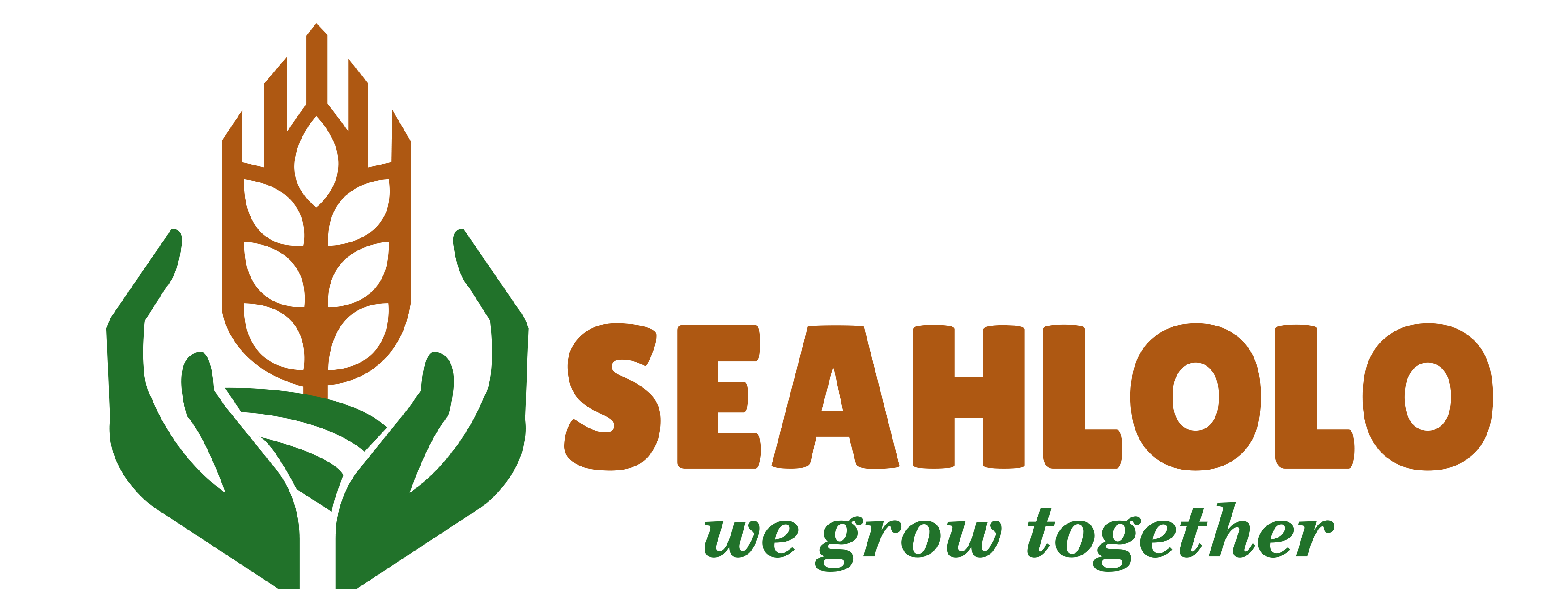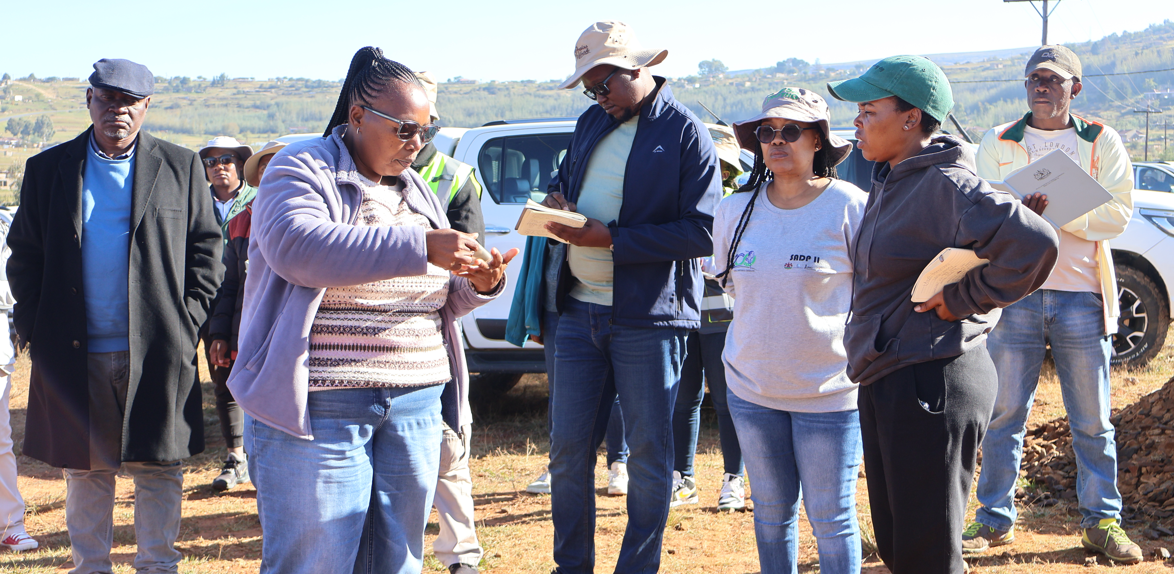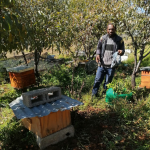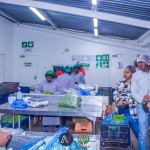The Second Phase of the Smallholder Agricultural Development Project (SADP II) recently hosted its funders for a critical support mission, an exercise deemed essential for maintaining the momentum of the project and ensuring its alignment with strategic development goals.
Speaking on the purpose of the visit, SADP II Communications Specialist, Malefetsane Raliengoane, explained that the mission aimed to review project implementation over the past six months, evaluate key deliverables and explore practical solutions to emerging challenges.
“The objectives of the mission were to assess project progress with a fully staffed Project Management Unit (PMU), review preliminary outcomes from the latest call for grants, and track the advancement of small irrigation schemes,” said Raliengoane.
Additionally, funders followed up on previously agreed action points and measured progress since the last joint mission, Raliengoane said noting their visit, which involved direct engagement with project beneficiaries, offered a valuable window into the real-world impact of SADP II across rural communities.
Raliengoane emphasised the transformative effects of the project on smallholder farmers, noting that grant recipients have significantly expanded their production and improved their market access.
“SADP II grants encouraged farmers to increase their yields and link directly to markets. This has not only boosted production but also led to improved incomes,” he explained.
He added, “The project’s influence extends beyond economic outcomes. In many households, especially among members of community nutrition clubs, there has been a marked improvement in dietary diversity.”
“Members of nutrition clubs have reported a significant improvement in their household diets. Access to diverse food sources is changing nutrition outcomes in targeted areas,” said Raliengoane.
In regions where SADP II has rolled out irrigation infrastructure, he said a noticeable shift in farming practices is taking root.
He noted that farmers are moving away from traditional cereal crops and increasingly embracing high-value cash crops, an evolution driven by the reliable water supply that irrigation brings.
“Where irrigation schemes have been established, many farmers have transitioned from cereal production to cash crops, marking a strategic shift towards more profitable agricultural ventures,” he added.
Raliengoane further noted that such visits by funders are not ad hoc—they are an integral component of SADP II’s monitoring and evaluation framework.
“Typically, two key missions are conducted each year: support missions and supervisory missions. Support missions focus on tackling implementation challenges and sharing valuable lessons, while supervisory missions assess overall project performance and track progress against previously set targets,” he said, adding the regularity of these visits ensures that the project remains on course, responsive to on-the-ground realities, and agile enough to adjust strategies where needed.
“These monitoring missions are essential for ensuring that the project remains aligned with its intended objectives and that all performance indicators are being met,” Raliengoane emphasised.




